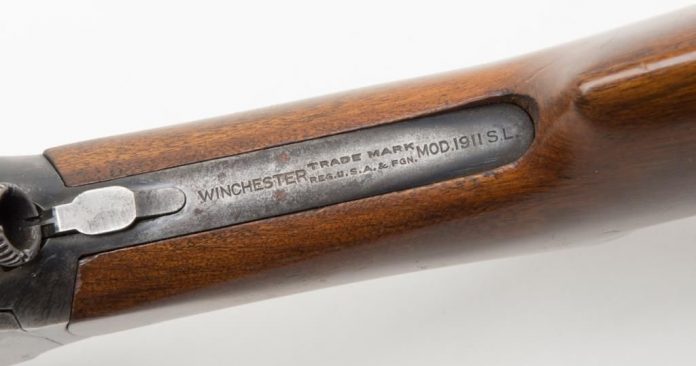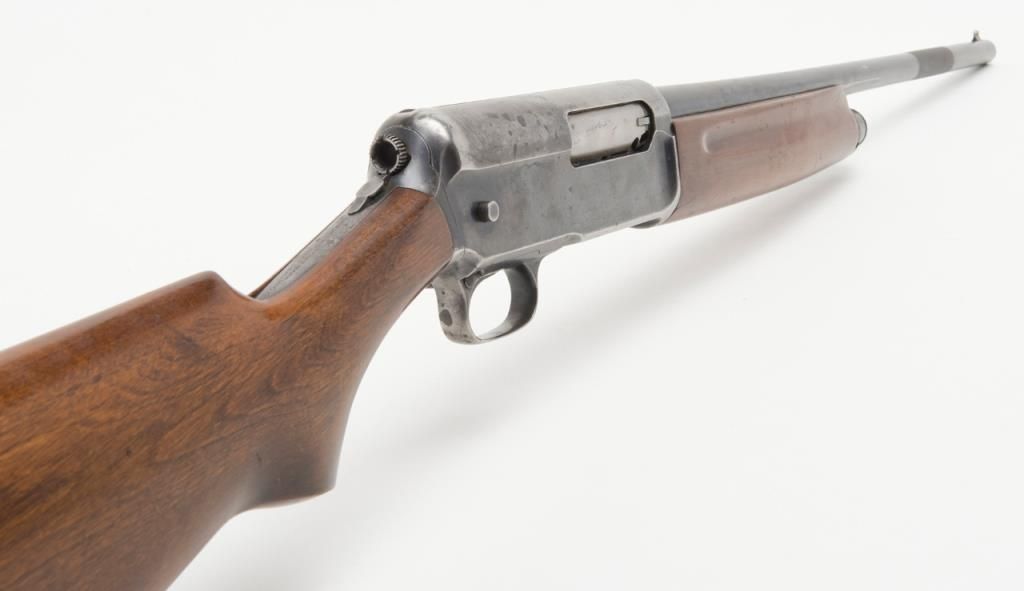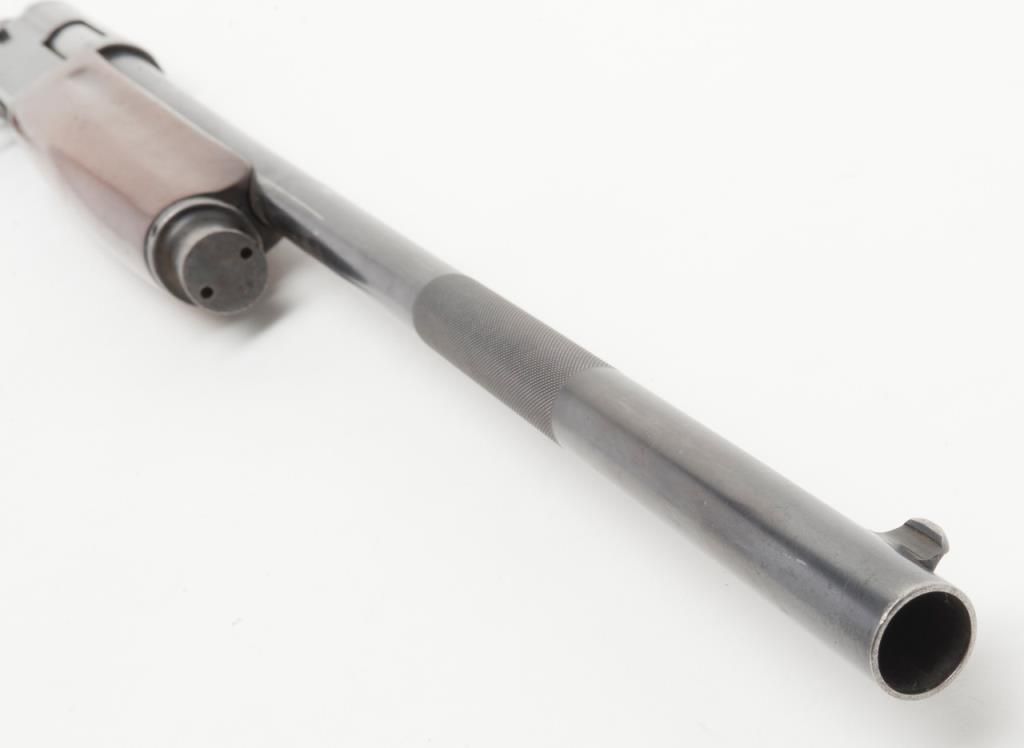
When I say Model 1911, I know what you’re thinking. You picture that hunk of steel designed by John Browning that throws 230-grain hardball rounds at the enemies of democracy. The single stack wonder that’s made by damn near every gun company these days. The back-to-back World War champion. Today, when I say 1911, I want you to erase that for your mind. Instead, I want you to picture the Winchester Model 1911, a semi-auto shotgun that gained the name the Widow Maker.
The year was predictably 1911. Winchester peered through its catalog and noticed they were missing something. They had no semi-auto shotgun. Winchester made their name with their lever-action rifles, and in 1897 produced the first slide action shotgun. John Browning fought tooth and nail to get Winchester to pay him to create a slide action shotgun, and when they finally relented, the weapon became a massive success.

Winchester knew that shotguns were popular. At the time, they offered ado it all options for hunters in a time when hunting wasn’t just a hobby. People could potentially starve if they didn’t bring home something dead and tasty. Remington and Browning had automatic shotguns. In fact, Browning designed the famed A5 with Winchester in mind, but they had a breakup that led to the famed Sour Grapes letter written in 1903.
The Winchester Model 1911 SL Enters The Game
Winchester needed a semi-auto shotgun, and with Browning taking his design to the Belgians, they turned to another gun designer, Thomas Crossley Johnson. In 1911 Winchester was quite far behind the times. Browning designed the A5 in 1898, and he got a very valuable patent on the gun. Winchester took a decade to produce a shotgun that functioned reliably that didn’t infringe on John Browning’s patent.

Guess what part of that patent included? A charging handle on the bolt of the shotgun. This allowed the weapon to be cycled rather easily and ergonomically. How exactly would you cycle a weapon without a charging hand on the bolt? Well, Winchester certainly found a way with the Model 1911 SL.

To chamber a cartridge, the shooter had to grip the barrel and push it down to chamber a round. A portion of the barrel was checkered, and the user gripped this portion of the gun and pulled with one hand while they pressed forward with another hand. The Winchester Model 1911 SL utilized a long recoil system where the barrel and bolt move rearward together for a short portion of travel, so cocking it via the barrel is entirely possible.
Into the Market
Winchester released the Model 1911 SL to the commercial market in 1911. They released various models in 12 gauge, 16 gauge, 20 gauge, and 28 gauge. The weapon had a barrel length between 26 and 28 inches, and the weapons varied in weight, but the 12 gauge model weighed about eight pounds. Magazine capacity was capped at five rounds.
It seems pretty standard, albeit heavy for a gun of this age, so what was the problem? We know long recoil works just fine for shotgun operation, although it’s fallen out of fashion in the last few decades. The problem came from a mixture of silly design and human nature.

That barrel cocking system created problems. In optimum conditions, the users loaded the magazine, set the weapon on safe, and then cocked around into the chamber. The Model 1911 SL should always be handled with two hands, but people can be stupid. Some users would set the stock against the ground to cock the weapon and could very easily have the weapon pointing right at their face as they did so.
Additionally, shotgun shells at the time were paper shells. They would get wet, swell and when users went to unload the gun, they had difficulty doing so. They didn’t have the leverage of a charging handle, and the checkered barrel likely didn’t help much with jammed shell. So the user would hold the stock against the ground for extra leverage and essentially mortar the gun. Keep in mind these weren’t drop-safe guns either. Thus the Model 1911 SL became known as the widowmaker.
But Wait, There’s More
Browning also had patents on using metal recoil rings. So Winchester went with a fibrous set of recoil rings. These rings wore out quickly and broke often. When they did break, recoil would become excessive and reportedly crack the stock after too many shots.
Also, even if the gun worked fine 100% of the time and the user followed safe procedures in using the weapon, its use was limited. Using it to shoot trap or skeet, or birds wasn’t an option. It doesn’t take much to get a shotgun barrel hot, and once the barrel gets hot, who wants to handle it to work the action?

You might say, well, the gun wasn’t designed for that type of sport. It’s for deer hunting! Well, Winchester released Trap and Bird models of the Model 1911, so it clearly was designed for sport shooting.
Still, the gun remained in production for fourteen years, and over 80,000 were produced. It was nowhere near as successful as the A5 or Winchester’s own Model 1897. However, it’s an interesting story and an interesting gun. Now I have gotta go watch Gunbroker and try to find one.



